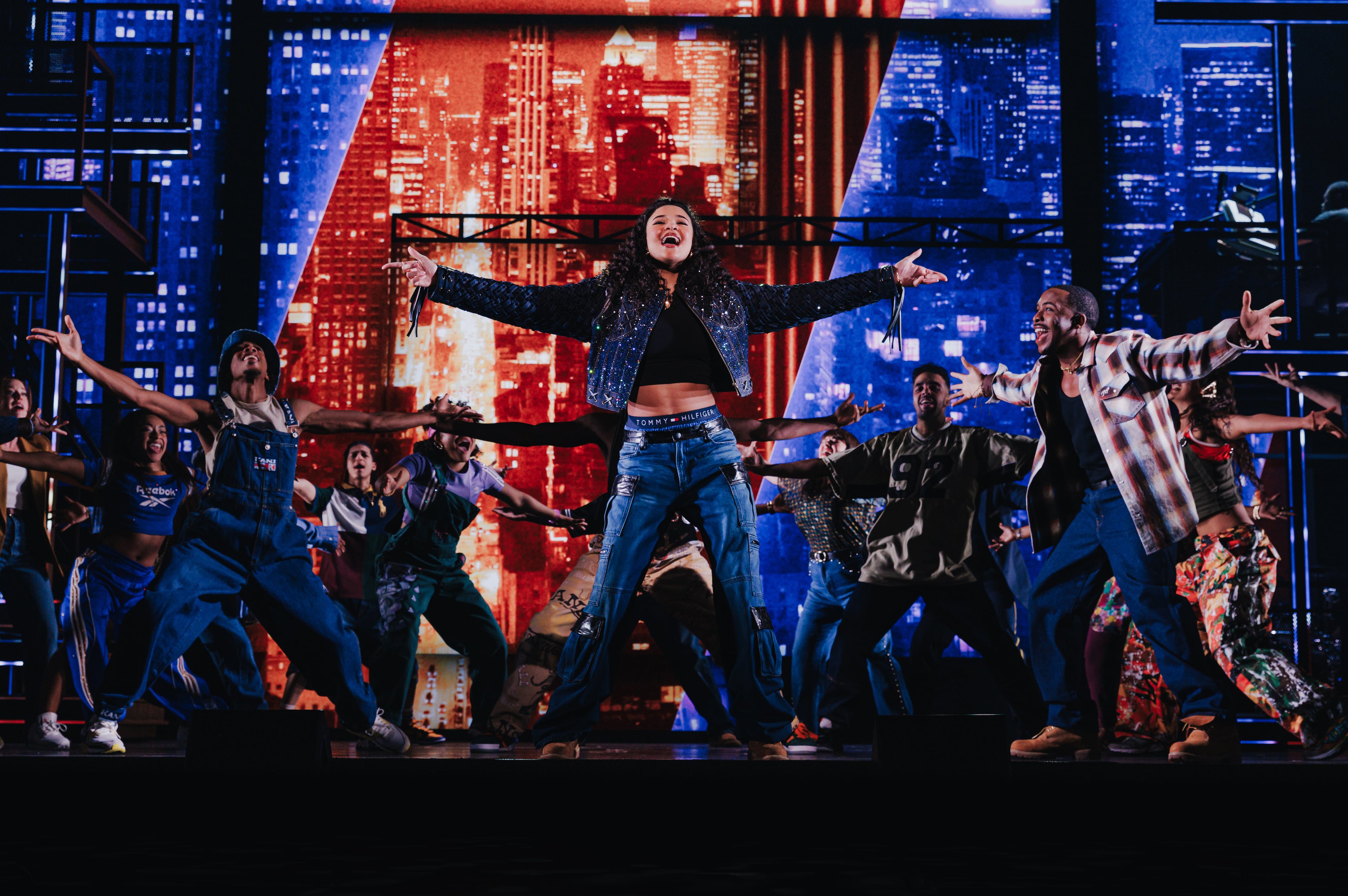Pinkney show at High reveals illustrator’s range
ART REVIEW
“Witness: The Art of Jerry Pinkney”
Through Jan. 5. 10 a.m.-5 p.m. Tuesdays-Saturdays; until 8 p.m. Thursdays; noon-5 p.m. Sundays. $19.50; $16.50, students and seniors; $12, ages 6-17; free, children 5 and younger and members. High Museum of Art, 1280 Peachtree St. N.E., Atlanta. 404-733-4444, www.high.org.
Bottom line: Illustrator Jerry Pinkney’s images are delightful, and a reminder for those of us long out of short pants, of the visceral, transportive thrill of storytelling.
For many children, the illustrations that appear in their storybooks are a first encounter with the magic and profundity of art. Count as lucky then, the children who picked up the books of artist Jerry Pinkney, with their pulsating, vibrant illustrations of fierce lions or a Noah’s ark overflowing with animals or busy city apartments full of multigenerational families.
Pinkney is the focus of the High Museum’s exhibition “Witness: the Art of Jerry Pinkney” through Jan. 5. The exhibition features more than 120 of Pinkney’s watercolor, gouache and pencil works on paper for titles such as “Little Red Riding Hood,” “Rikki-Tikki-Tavi” and “The Tales of Uncle Remus.”
Over the course of a 50-year career, Pinkney has illustrated more than 100 books and has won the Caldecott Medal, the Academy Award of children’s book illustration. As an American illustrator nurtured in a close family environment in inner-city Philadelphia, Pinkney imprinted classic stories such as Hans Christian Andersen’s “The Little Match Girl” with an American voice and vision, relocating Andersen’s European tragedy to American tenements of the 1920s.
His drawings are thrillingly rich in detail — from the plush fur of a lion to the churning power of the ocean captured in his brushwork. His images of nature are lush, filled with foliage and endless sky and ocean, but his domestic space could be just as lush and overflowing with the warm energy of human activity. Pinkney’s work gives children’s eyes copious visual information to absorb.
As part of the equalizing thrill of children’s books, Pinkney’s watercolors in “Witness” often put the animal world on an equal plane with the human one: Doves, lions, mice and mongooses seem every bit as viable and compelling as his human subjects.
That equalizing effect was also present in Pinkney’s treatment of social issues. Pinkney’s illustrations for books such as “Black Cowboy, Wild Horses” often highlighted under-represented aspects of American history, from black cowboys to the harsh realities of the American slave trade in his visceral images of black bodies stacked like cordwood in a ship’s hold in Julius Lester’s picture book “The Old African.”
But rather than render just history’s injustices, Pinkney also captured the joys of African-American life. In his drawings for books such as “Home Place” and “A Patchwork Quilt,” Pinkney also performed the equally necessary act of humanizing and rendering dynamic and interesting ordinary African-American family life.
The High presents examples of Pinkney’s early commercial work, after graduating from the Philadelphia College of Art, for greeting card companies and advertising agencies informed by the stylized, psychedelia-inflected vocabulary of the 1960s. Pinkney’s design of an RCA record album cover for the music of Gustav Mahler depicts the composer in profile, his head bursting with flowers and planets and a cacophony of visual inspiration.
Traces of that hyperbolic, magical realist sensibility crop up occasionally in Pinkney’s later storybook work such as “The Old African,” whose cover shows a black man standing in the ocean looking off into the distance at an armada of slave ships blending with the hallucinogenic colors of the setting sun. Buoyed by water or floating in the sky, they seem more like apparitions than actual ships, but Pinkney nevertheless conveys a sense of an endless journey, and slavery as a distorted, waking nightmare.
Pinkney fills his picture frame with humming activity and details that keep the eye busy. Even alone and cold on the streets of the city, the child in “The Little Match Girl” is surrounded by fat snowflakes that seem to keep her company. Pinkney created both a comforting and challenging experience for his readers, not unlike another revered American illustrator, Norman Rockwell. In fact, “Witness” was curated at the Norman Rockwell Museum in Stockbridge, Mass. Like Rockwell, Pinkney managed to bookend even dark, troubling aspects of American life inside a style that encouraged greater exploration and engagement.

